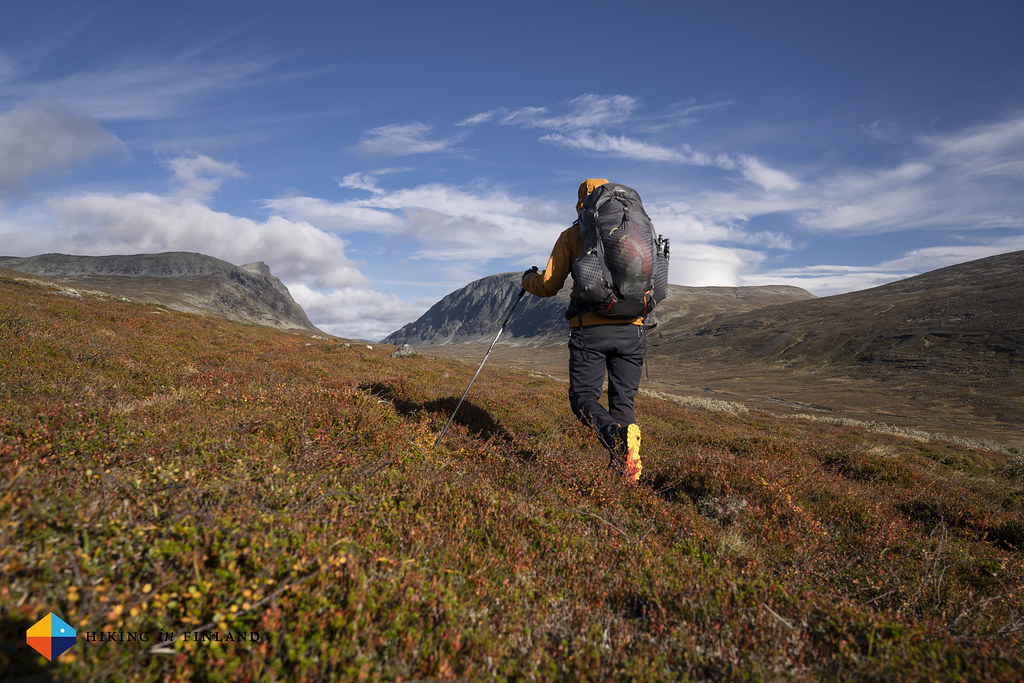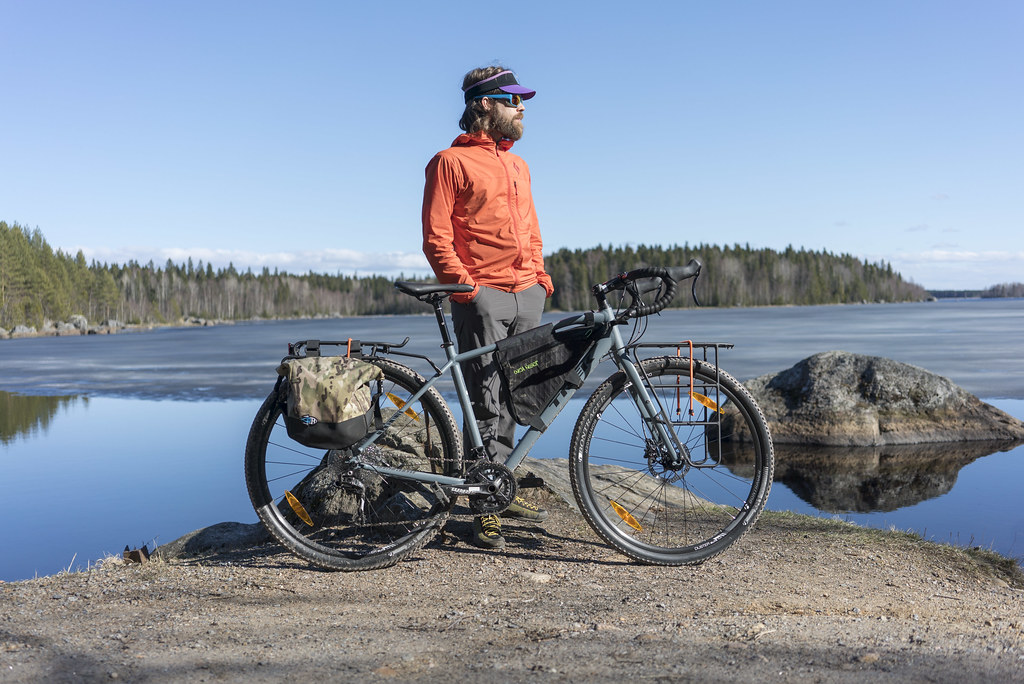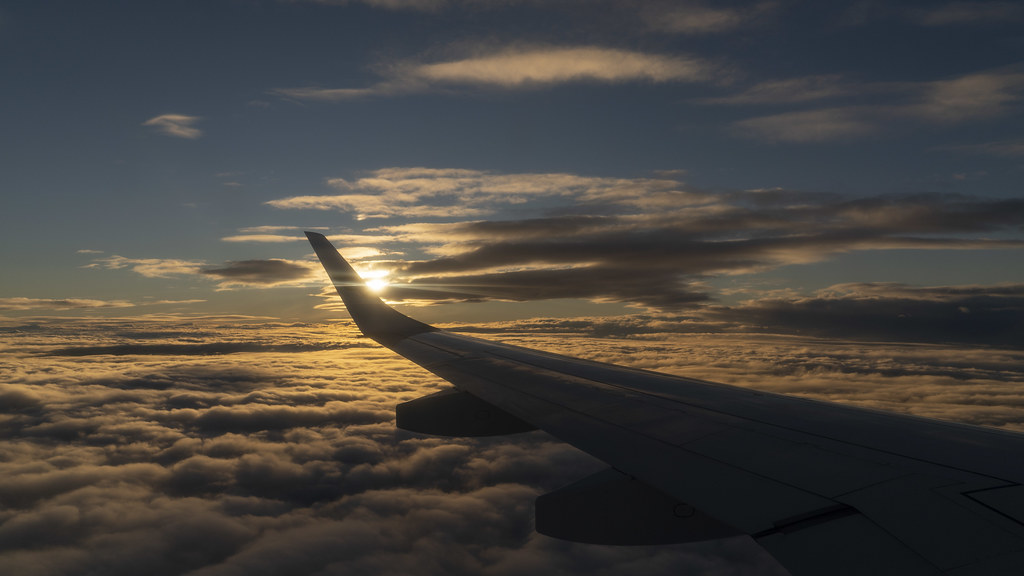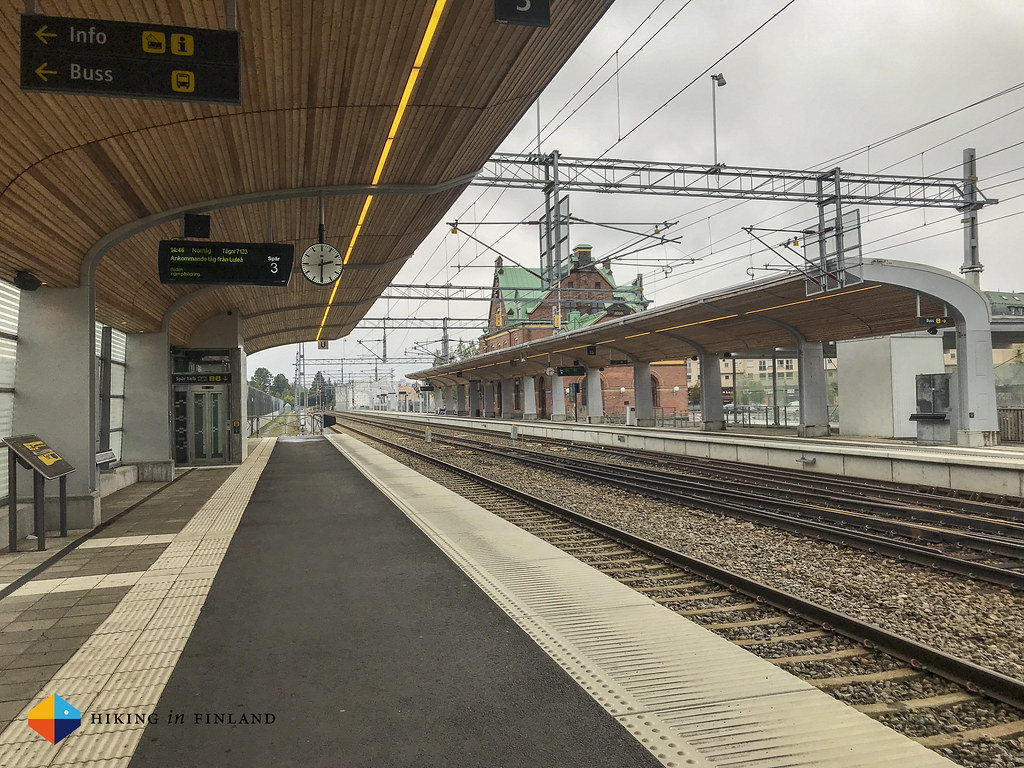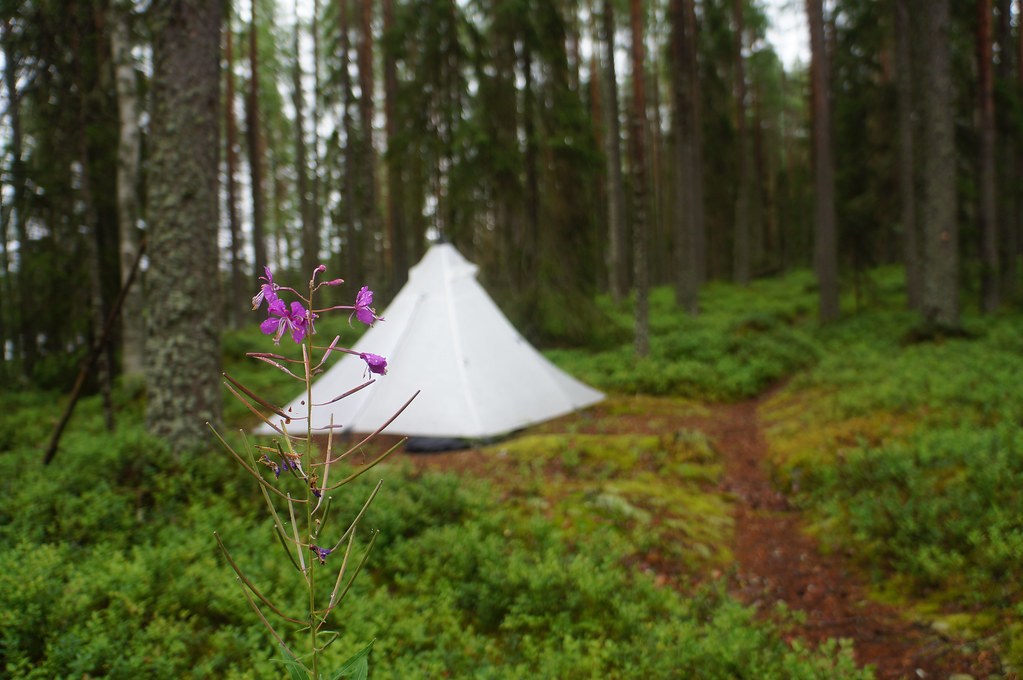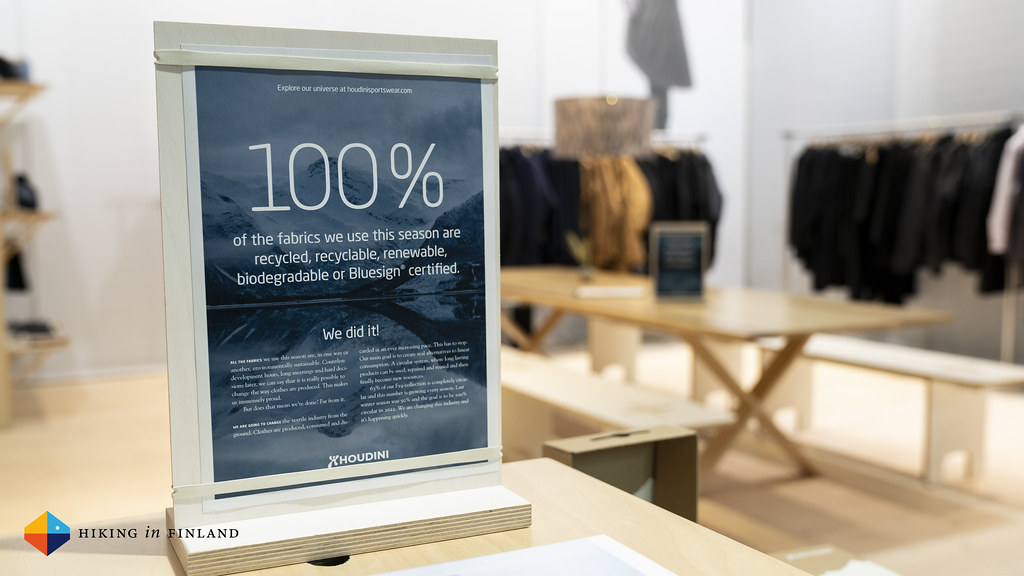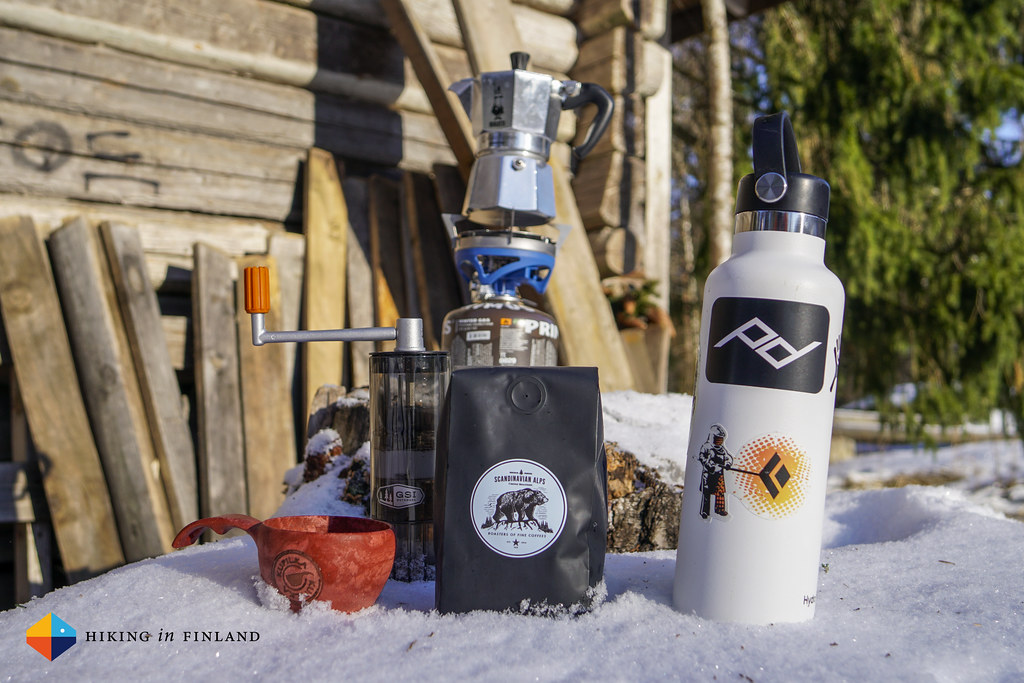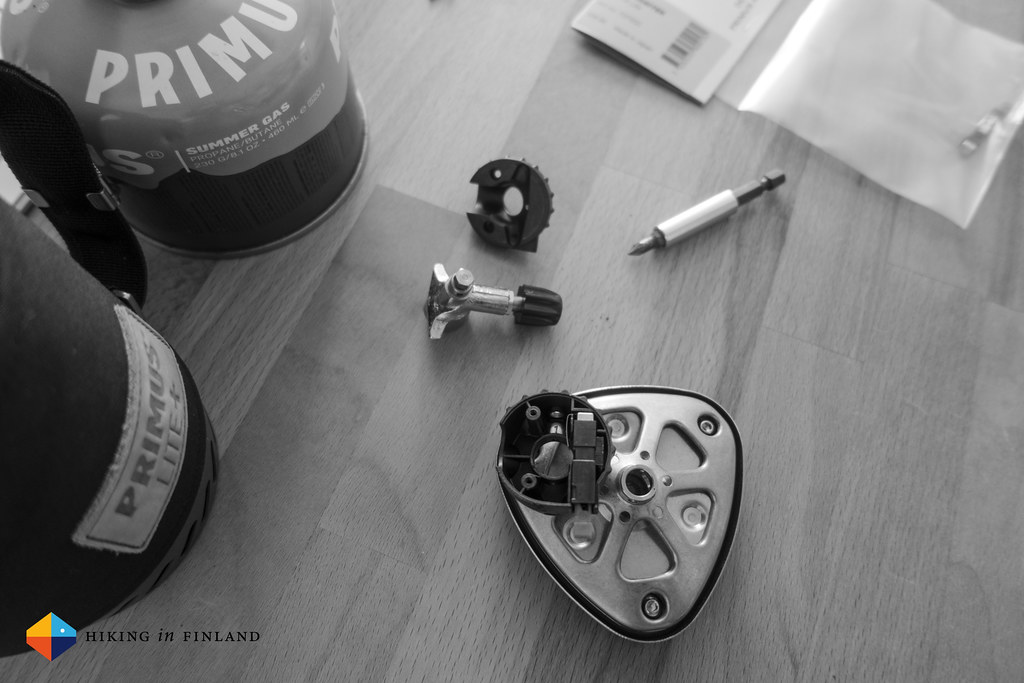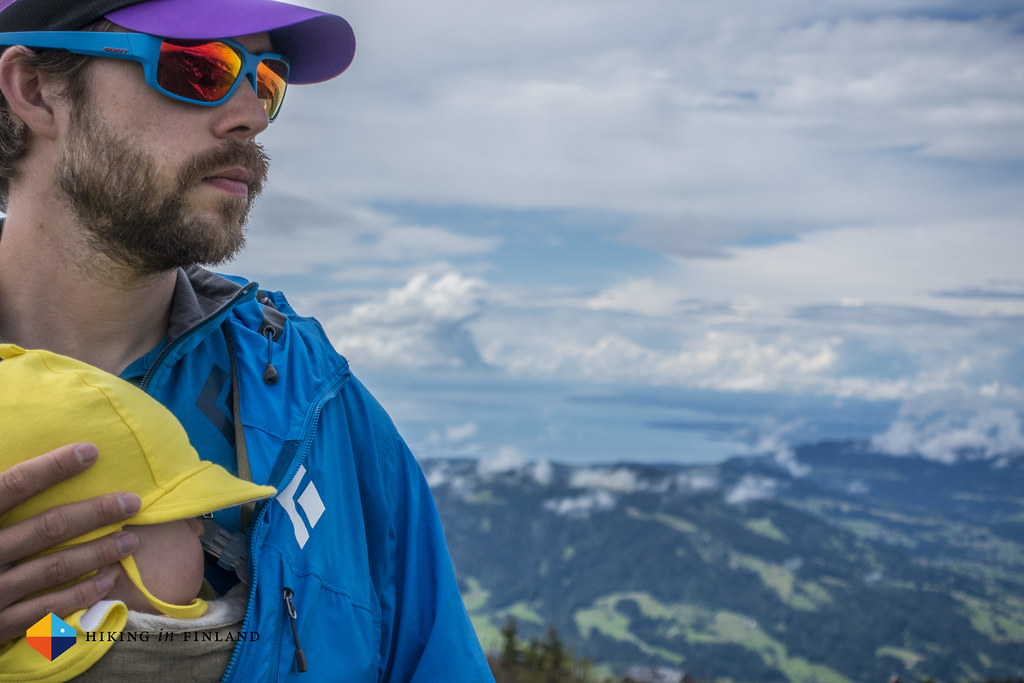Being outdoors, sleeping in nature, hiking through the forest, paddling on rivers and cycling on beautiful single trails - being outdoors seems on a first look to be a very sustainable hobby. But is it really?
This article is part of the Bergfreunde Series of “Sustainable Outdoors” and several bloggers write about this topic - you can find a list with the other articles at the end. We are not paid to write these articles and have full editorial control.
Going outdoors feels like a sustainable hobby - especially if you compare it to sports and hobbies which need large buildings or areas to be played & practiced. But is it really sustainable to drive in a big car to a trail head, being dressed in garments made from oil-based materials and hiking in sensitive areas which contributes to land erosion and degradation? That is a question which I am pondering in this article, so read along to find out what in my opinion are our biggest “sins” as backpackers.
Getting there
Only very few of us life in nature and can start hiking or skiing from their doorstep - most of us life in towns and villages and need to travel to the start of a trail or to the hills. Those who read me since a while know that I neither have a driving license and our family also does not own a car. If I go backpacking somewhere it is always by public transportation, most usually a combination of train and bus when in Finland, or by ferry, plane and then bus or train when abroad. As I have been travelling like this since 20 years this is normal for me, but for those who have grown up with a car in front of their house this might seem strange. Yes, I am dependent on schedules and trains and busses to get somewhere, but I have learned to life with that and it usually works out nicely. My waiting time I use for reading and studying the map, or stocking up on calories!
Getting to a local trail here in Pohjanmaa means either jumping on a bike or taking a bus or train and possibly a Taxi. Sometimes I make the bike ride part of the journey and just call it a Bikepacking and Hiking Adventure as cool and catchy names are important =) I really love to ride my bike and it’s my favourite way to get around when in town or if I’m travelling, it just feels great. Going by train or bus is fine, though - I can charge my phone and listen to music or chat on Discord and the speed is good and if going by bus I usually also can get off quite close to a trailhead and just hike the last bit.
When going abroad flying is something I hate. I hate the noise, the people and the emissions I accumulate while travelling by plane, but for long distances in a short time there’s no alternative for me right now. I am cutting down on my flights and assignments abroad drastically, though, and each trip I can realize by taking the ferry, train, bus and Taxi are a win in my book. Plus going by plane also often means I have to add a night in an AirBnB or Hotel at the beginning or end, depending on the connections at the destination to get where I want to go which adds to the costs and length of a trip. But some trips are just too good to miss out on, like my Causeway Coast Way thru-hike or backpacking on the Via Dinarica in Bosnia Herzegovina. These were amazing hikes and totally worth getting into a plane for, and also the John Muir Trail is high on my list, as well as several other trails abroad.
My take-away for getting there is probably to try to enjoy your local outdoors as much as possible. I know I am guilty of dreaming and hiking on distant trails, while I have a UNESCO Natural World Heritage Site on my doorstep which would be great for packrafting, cycling and hiking. But the benefits of hiking locally are so many: You can hike more - have a free afternoon and day ahead? Just go to a local trail for a night out! Take the bike instead of the car if you feel like it, and for longer trips why not explore more of your own country?! If you fly somewhere for your yearly long backpacking trip - and you can! - offset your emissions by supporting reforestation measures or similar.
The Gear
Another topic which we have to ponder is how sustainable our outdoor gear is. Unless you use exclusively natural materials like cotton, hemp, flax, wood or Merino wool chances are you have something that’s made from oil => plastic in any form or shape (it can be called Dyneema, XPac, Cuben fibre, Polyester, Nylon, Cordura or or or). The good thing is that most of our outdoor gear is so well made that it can last us a life-time with some proper care, so the environmental footprint of a tent which gets used several times per year is relatively small after 15 years of use.
Also, most new outdoor equipment is made from recycled or recyclable materials which is an amazing step forward. I remember my first OutDoor where the sustainability topic was still in it’s baby shoes and I had more the feel of “Greenwashing” here and there. But now, five years later, it’s front and centre for many companies, and one of their most important messages. From Patagonia who doesn’t want you to buy their jackets to Houdini which lets you rent their garments instead of buying them, many companies wake up and realize we need to do something to keep our outdoors healthy.
But what’s even better is that many of our outdoor gear also can find it’s way into our everyday life. Don’t be dumb and only use your Hydroflask on the trail - take it with you when you go to work or walking the dog! Get a good mug for your coffee on the go, and also your lunch can be packed in a Light My Fire meal box. I also wear my outdoor clothes all the time - my hiking pants are my every day pants as well, when I pick up my kids I wear my Alpine Start Hoody or a shell jacket and I don’t really use any other shoes than my trailrunning and hiking shoes. If you’re working at a office where a suit is mandatory you might not get away with wearing your outdoor garments all the time, but if your employer is relaxed about the dress code there’s no good reason why you can’t wear your flannel shirt and hiking trousers to the office.
Finally, instead of buying a new piece of kit once an old one is broken might not be necessary - many pieces of equipment can be fixed, from stoves to garments. If a rain jacket doesn’t keep the rain out anymore it often just needs a wash with a good detergent to re-activate its waterproof properties, and if a tear is too big you can have it often much more cheaply fixed than buying a new one.
Land degradation
Land degradation and erosion is especially a problem at very popular trails and areas - from the Karhunkierros in Finland to certain trails in the Lake District and elsewhere, where a lot of people hike or ski the earth under our feet gets eroded and with rain and wind popular trails quickly can look like deep scars in the landscape. Well built and maintained trails minimize this problem, and also we can - by choosing to hike on “less popular” trails. Now less popular does not equal less beautiful, and as many of us go into nature to escape busy cities it’s a smart thing to search out these less popular trails and enjoy them on your own.
If a trail gets really popular then trail erosion is often the smallest problem - often rubbish which is left behind, from 💩 to plastic bottles and tissues - are a much bigger issue. What we as knowledgable outdoors men and women can do is to educate our fellow hikers when we catch them in the act, or collect the trash and carry it out. Carrying a small Ziplock bag for these situations is common for me, because I really hate it to see rubbish left in nature.
Bottomline & What you can do
My conclusion is that being outdoors, be it hiking, backpacking, biketouring, packrafting or ski-touring is inherently a sustainable activity. By spending time outdoors in nature we learn to care more about our planet, and in the long run we will adapt many of the things I have suggested throughout this article, though if you’re at the start of your hiking career and just started with backpacking you can now of course skip ahead and pick up these good behaviours and ideas!
To sum them up, these would be my three take-aways:
- Adventure more locally and take the bike, train and bus to get to the trailhead!
- Use your gear until the end! Resist the urge to buy new gear, repair what you have and consider renting or buying used gear.
- Search out less popular trails, keep Leave No Trace principles in mind and pick up other people’s trash if you encounter it outdoors.
I also want to encourage you to not geo-tag your images online and generally share & spend less time on un-social networks like Instagram and Facebook which both promote Fear Of Missing Out and other negative feelings. Finally, #FridaysForFuture are not just for kids - also responsible Adults who are not happy about how those in our governments misuse their loaned power can take to the streets and demonstrate for politics which ensure our planet, including all these amazing National Parks, hiking trails and mountains remain for future generations. Take the ext Friday off and go demonstrate!
Further Reading
The Bergfreunde write about sustainable winter holidays, Stefanie ponders the topic of travelling and sustainability, Heiko shares 11 sustainable tips for home & outdoors, Björn reports about the DAV Day Sustainable on Ski Tour, the Climbing Plus guys show how climbing has changed over the years, Ulrich writes about Sustainable Tourism on Iceland and Dennis ponders about sustainability when hiking and backpacking.
Enjoyed this article? Support me on Patreon and get some useful rewards (like hanging out on Discord with me, where you can pick my brains!) or buy me a coffee - I work Full-Time on Hiking in Finland to bring you inspiring trip reports, in-depth gear reviews and the latest news from the outdoors. You also could subscribe to the rarer-than-ever Newsletter and follow along on Instagram, Twitter, Facebook and Youtube for more outdoorsy updates!
